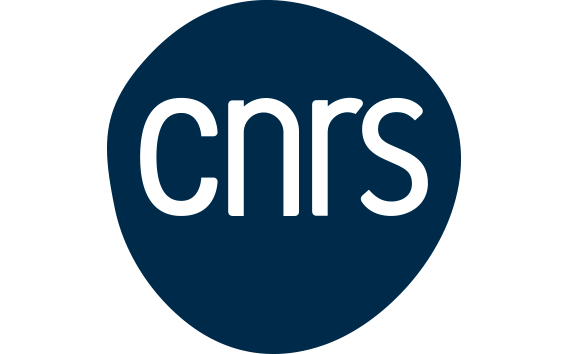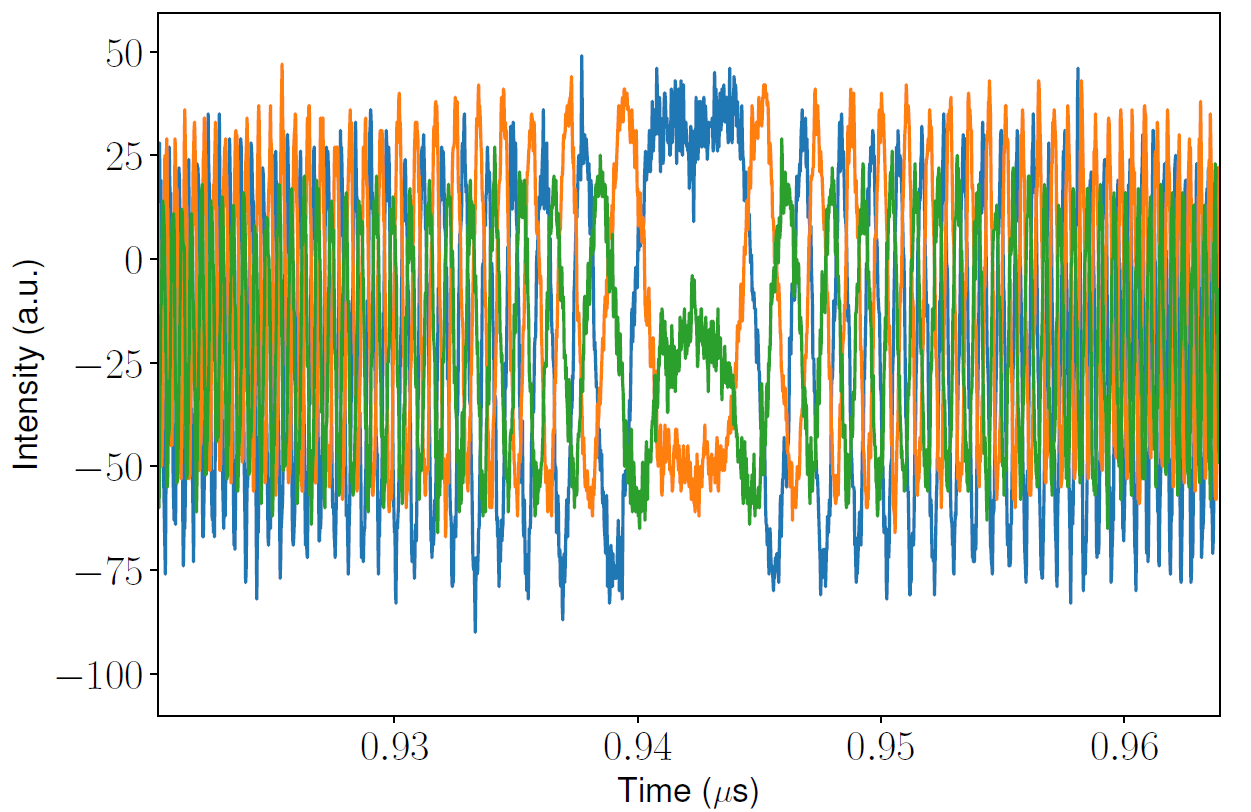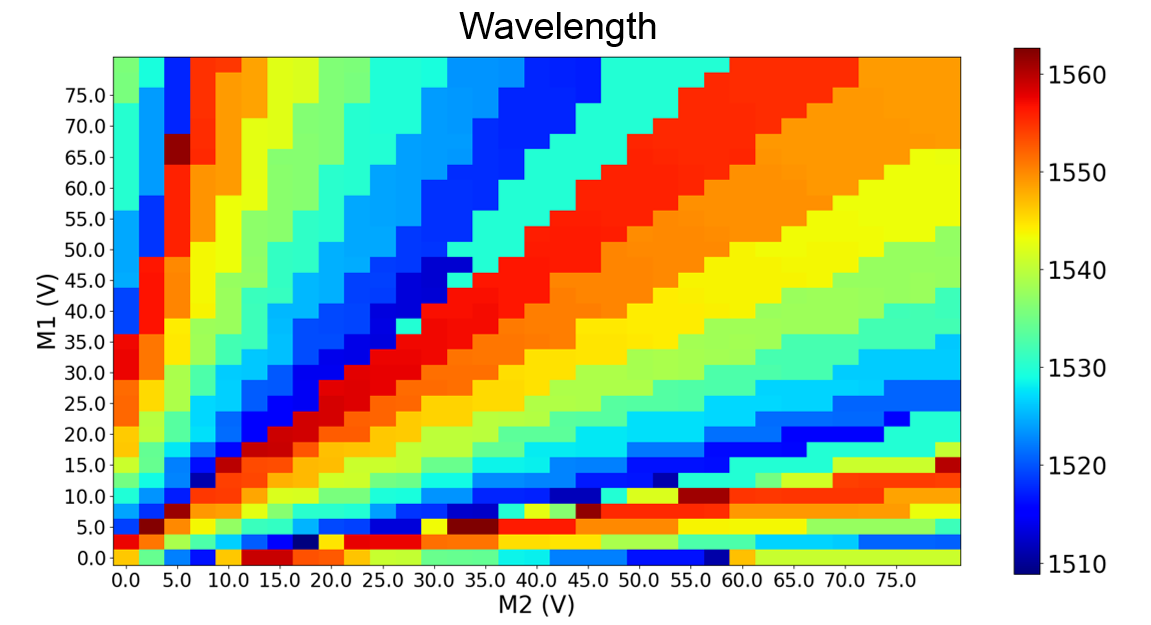Collaborators for devices conception include the Centre de Nanosciences et de Technologies( C2N, Palaiseau), the Institut d'Electronique et des Systèmes (IES, Montpellier), Tyndall National Institute (TNI, Cork) and Cork Institute of Technology (CIT). Our experimental activity is supported by strong collaborations with theoreticians from the University of Balearic Island (UIB, Palma de Majorca), the University of Münster (WWU), the Weierstrass Institute (WIAS, Berlin) and ITMO University (Saint Petersburg)
- Swept source lasers for optical coherence tomography
-
- MEMS-VCSEL swept source lasers
-
MEMS-VCSEL is one of the few technologies able to provide a linear single mode laser frequency sweep at high speeds. This project offers a deep analysis of the instanteneous performance of the laser during the sweep and proposes to use external optical injections systems to improve the coherence of the laser.
alexis - Multisection lasers
-
The multisection laser is an integrated semiconductor swept source which is not based on any mechanical movement.
The sweeping of the laser frequency is realised via the injection of current in the mirror sections, such that the resonance frequency of the optical cavity is electronically and thermally shifted. This technology therefore offers the possibility to surpass other platforms in terms of sweeping rate.
However the continuous frequency sweeping is made difficult because of the cavity mode hops occuring during current injection.
map multisection
- Long cavity lasers
-
A well-known swept source laser technology is based on the use of an optical filter placed in an extended laser cavity. Sweeping the filter central frequency allows to rapidly vary the wavelength of the laser. A coherent regime can be reached when the filter frequency equals the repetition rate of the laser cavity, the so-called "fourier domain mode-locking regime". Our works proposes to investigate and optimize the coherence of such swept source technology using state-of-the-art real time electric field reconstruction and all-optical or electro-optical control on the swept source emission.
longlaser
- Light bullets in semiconductor lasers
-
blason_small
The aim of our project is to conceive, to realize and to operate semiconductor laser devices for the generation and control of spatiotemporal solitons, also called “light bullets” (LB). LB will be implemented in broad-area Vertical External Cavity Surface Emitting semiconductor devices (VECSEL) mounted in an external cavity configuration closed by a semiconductor saturable absorber mirror (SESAM).Spatio-temporal solitons, also called LB, are a sort of Holy Grail for nonlinear optics. Since the pioneer work of Silberberg in the beginning of ’90 they have been actively sought in the last 25 years. Despite the efforts made, only fading LB have been observed experimentally so far. This project aims at implementing robust LB which would be a breakthrough both in terms of fundamental research and for applications. Robust LB are very appealing for information processing where they may be used as fundamental bits and they are forecasted to enable THz bandwidth. In addition to robustness, which is a necessary condition for applications, it is also advisable that LB may be implemented in competitive hosting systems. From this point of view, semiconductor devices are very attractive since they are fast, scalable, reliable, costless and easy-to-integrate devices.
The originality of our approach consists in proposing to implement LB in a dissipative system. Spatio and temporal dissipative solitons have been widely investigated in the last decades, especially in optical resonators. At difference with conservative solitons forming upon proper setting of a seeding pulsed beam, dissipative solitons are attractors for the system; hence they are stable versus a wide set of initial conditions and control parameters, which is very promising for applications. In strongly dissipative environments, solitons have been more appropriately called Localized Structures (LS). The peculiarity of LS is that they can be individually addressed by an external (optical) perturbation, thus appearing very useful for information processing, especially when implemented in semiconductor resonators. LS have been observed in the transverse section of semiconductor lasers (spatial LS) and in the longitudinal direction of fiber resonators (temporal LS). More recently, temporal LS have been implemented also in semiconductor resonators. Several experiments have disclosed the potential of LS for information processing, allowing for all-optical buffering, shift registering and memory reconfiguration.
Data buffering is an important problem when dealing with huge data volumes. While currently used devices are based on pure electronic technology or on hybrid opto-electronic technology, all-optical devices are considered promising solutions for increasing dramatically the telecommunication bandwidth in a near future, for improving power consumption and latency. A powerful one-dimensional optical buffer has been recently demonstrated using temporal LS. Ultimately, the ambition of this project is to realize a prototypical buffer capable of inspiring a novel generation of devices matching the future requirements in terms of data traffic of our society.
- Integrated frequency comb lasers
-
ghentsmall
Optical frequency comb (OFC) lasers consist in laser sources having spectral arrays of equidistant lines with fixed phase relationship. Nowadays, semiconductor integrated OFC lasers provide low cost, low consumption and broadband laser sources that have found applications for telecommunications, ranging, imaging and spectroscopy.
The project aims at characterizing and manipulating the OFCs emitted by advanced integrated semiconductor laser technologies. One OFC laser technology is based on the passive mode-locking (PML) mechanism, in which a saturable absorber (SA) is used in the cavity to induce a short-pulsed output for the laser and hence a comb spectrum. The project will investigate the formation, stability and performances of OFC PML lasers from a “hybrid” technology, where the III-V material (gain and SA) are coupled on-chip to an underlying Silicon waveguide. The low loss Si waveguide allows to fabricate long cavities on-chip and hence increase the density of the OFC spectral lines, for spectroscopic and telecommunication applications mainly.
Integrated OFC laser can also be obtained from quasi-CW single section laser, having no SA in the cavity. The mechanisms at the origin of comb formation in these lasers (the so-called “frequency modulated (FM)” combs) has only been modeled very recently and interrogations remain on the process of such formation. Thus, a full experimental characterization is required to shed some light on the physics of FM combs. The project aims at using the heterodyne measurement to understand the comb formation in these devices and investigate techniques to manipulate the spectral phase of the comb, and hence the pulse shape.







